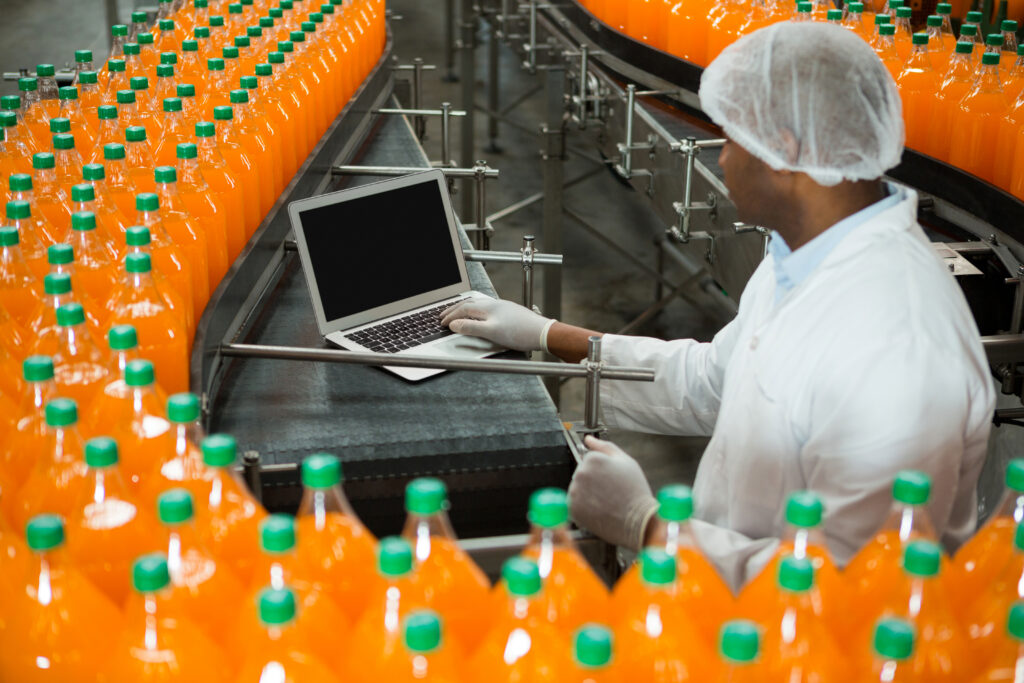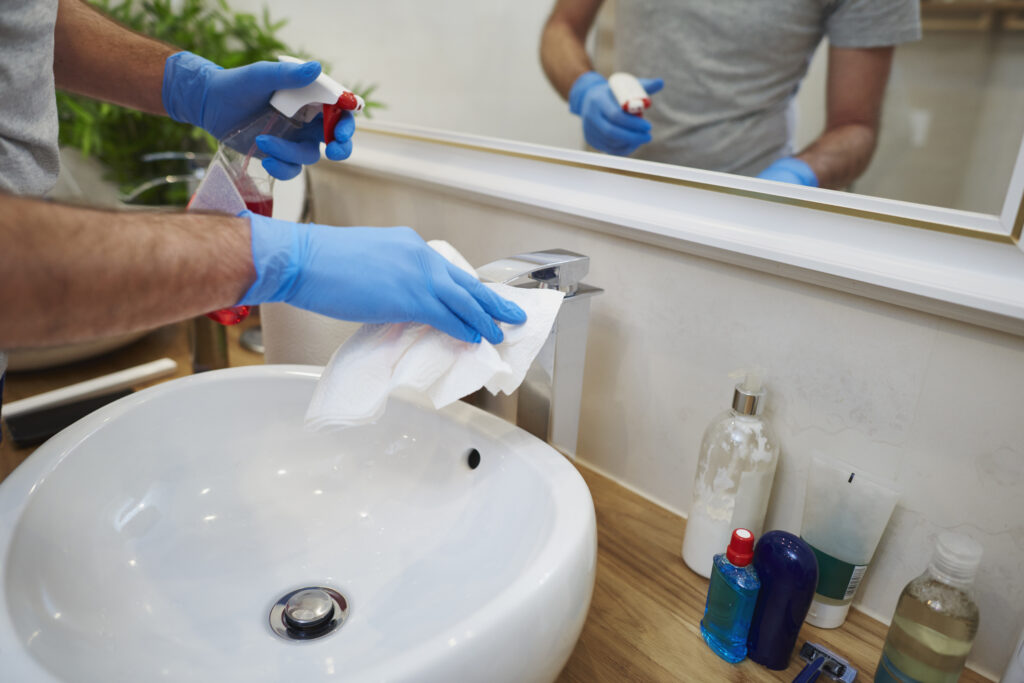Health inspections play a critical role in maintaining public safety and ensuring that establishments comply with health codes and regulations.
These inspections, commonly conducted in restaurants, grocery stores, schools, and other facilities that handle food, focus on several key areas to prevent foodborne illnesses and ensure environmental health.
A point of focus during these inspections is not only to identify current violations but also to promote ongoing compliance and education for operators and staff.
This ensures the protection of the public from health hazards in the environments where they eat and shop.
Food Handling and Safety

- Proper food handling and
- Safety is paramount during health inspections,
- With inspectors rigorously evaluating the entire process from food receipt to preparation and storage.
Key aspects include the verification of appropriate temperatures for storing, thawing, cooking, and serving foods to inhibit bacterial growth.
- Inspectors also assess the cleanliness and sanitation of food contact surfaces
- Utensils
- Equipment
- Ensuring the minimization of cross-contamination risks.
Additionally, the presence of a well-implemented food safety management system, such as:
- HACCP (Hazard Analysis and Critical Control Points),
- Inspectors review establishments to confirm that they are proactively identifying and managing food safety risks.
Compliance in this area is critical to prevent foodborne illnesses, safeguard public health, and uphold the reputation of the establishment.
Cleanliness and Sanitation

Health inspectors closely scrutinize cleanliness and sanitation as other crucial factors during inspections. This aspect encompasses the overall cleanliness of the establishment, including non-food contact surfaces, floors, walls, and ceilings.
Inspectors evaluate the effectiveness of the establishment’s cleaning procedures and whether they meet the regulatory standards.
The proper maintenance and sanitary operation of facilities, such as:
- Restrooms
- The availability of handwashing stations for employees
In some cases
- Customers
- Thoroughly reviewed
Proper disposal of waste and the management of pests are also integral to ensuring a safe and sanitary environment.
Establishments must demonstrate that they have effective measures in place to prevent pest infestations
Manage waste in a manner that does not pose a health risk.
- Compliance in these areas is fundamental to preventing the spread of disease
- Protecting the health of consumers and staff alike.
Pest Control and Management

- Pest control and
- Management is an essential component of health inspections
- Given the potential health risks posed by pests including rodents
- Insects
- Other vermin
- Inspectors evaluate the establishment’s strategies for preventing pest invasions
- Examining evidence of pest control measures such as the use of traps
- Seals
- Chemical agents
The inspection focuses on identifying any signs of pest activity, including droppings, nests, or damage to property that could indicate an infestation.
To pass inspection, establishments must demonstrate a proactive approach to pest management, including regular monitoring and treatment by licensed pest control professionals.
Effective pest control is crucial not only for maintaining the establishment’s cleanliness and sanitation but also for preventing the spread of diseases that pests can carry, underscoring its importance in protecting public health.
Employee Health and Hygiene
Employee health and hygiene stand as a pivotal area of focus during health inspections.
Inspectors scrutinize practices related to personal hygiene, including proper handwashing techniques, the use of gloves when handling food, and the presence of hair restraints to prevent contamination.
Health inspectors also assess employees’ health status to ensure that those exhibiting signs of illness or infections do not involve themselves in food handling processes.
Establishments are expected to establish policies that encourage staff to report health issues and provide training emphasizing the importance of personal hygiene in preventing foodborne illnesses..
Compliance in this domain is vital for maintaining a healthy environment for both consumers and employees, reinforcing the integral connection between employee well-being and public health safety.
Facility and Equipment Maintenance
Health inspections consider facility and equipment maintenance as a crucial factor.
Focusing on the condition and cleanliness of the physical infrastructure and the tools used in food service establishments.
Inspectors evaluate the maintenance and functionality of cooking appliances, refrigeration units, and other essential equipment to ensure they operate correctly and maintain safe food temperatures.
The structural integrity of the facility itself, including proper ventilation, adequate lighting, and the absence of leaks or damages that could compromise food safety, is also under scrutiny.
Proper maintenance prevents the contamination of food and safeguards against hazards that could lead to injuries for both staff and customers.
An establishment’s commitment to regular upkeep and prompt repairs of its facilities and equipment reflects its dedication to upholding high standards of food safety and public health.
Compliance in these areas is essential for passing health inspections and fostering a safe, clean dining environment.
Conclusion
In conclusion, health inspections play a critical role in ensuring the safety and well-being of the public in food service and retail environments.
By rigorously evaluating establishments based on key criteria such as food handling, cleanliness, pest control, employee health, and facility maintenance, inspectors help maintain high standards of public health.
Compliance with these standards is not only compulsory but also a testament to an establishment’s commitment to providing safe and hygienic services.
The rigorous process of health inspection ultimately benefits all stakeholders, fostering trust among consumers and ensuring that businesses can thrive in a competitive market while prioritizing the health and safety of their customers and staff.
FAQs
Q: How often do health inspections occur?
A: The frequency of health inspections can vary depending on the jurisdiction and type of establishment. Generally:
- Food service establishments can expect to be inspected at least once a year.
- Authorities may inspect high-risk establishments more frequently.
Q: What happens if an establishment fails a health inspection?
A: If an establishment fails a health inspection,
it may be given a certain timeframe to address and correct the cited violations.
Severe infractions can result in immediate closure until those issues are resolved.
Q: Can businesses prepare for a health inspection?
A: Yes, businesses can and should prepare for health inspections by regularly reviewing their compliance with health codes, training staff appropriately, and conducting self-inspections to identify and rectify potential violations.
Q: Are health inspection reports available to the public?
A: Yes, health inspection reports are typically made available to the public. Many jurisdictions provide online access to these reports, allowing consumers to review the health and safety records of establishments.

